This is a wonderful time of the year for moths. Kate, our niece from Bridgewater, was staying for a few days and we put on the moth trap. When we went out next morning, there were over a hundred resting on the old egg-boxes, which we lay around the bottom of the trap. Thirty years ago (when my home made moth-trap would have only been about twenty years old!), there would probably have been about two hundred moths in the catch, on a muggy night. Numbers have reduced but we still have a breath-taking variety. We had four species of hawk-moth: Privet, poplar, eyed and six elephant hawk-moths. As you can see from the photo I took, they are beautiful.
Having admired and recorded them all, we let them go into the dense hedge, safe, we hoped, from the hungry birds.
Elephant hawk-moths often lay their eggs on the leaves of rosebay, so do have a look at the rosebay (related to the willow-herbs) during the next few months; you may find the caterpillars, that have extendable ‘noses’, like an elephant’s trunk, and false ‘eyes’ making them look quite fierce, feasting on the leaves. These moths have also taken to laying their eggs on fuchsia bushes in our gardens. Fuchsia and rosebay, with their green and reddish-pink colouring, provide good camouflage for the elephant hawk-moths.
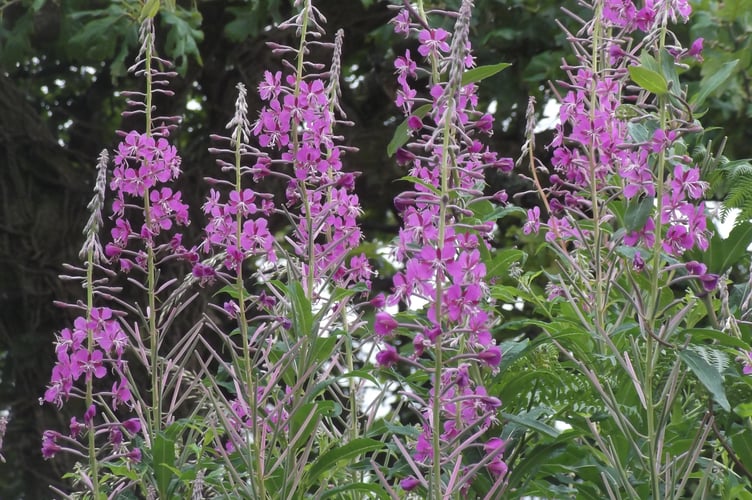
The last Saturday of June was a special day for families in Modbury. It was the Naturefest, organised by volunteers and held at the Recreation field. Those volunteers had worked so hard, preparing many activities for mums, dads and grandparents to share with their children. There were enthusiastic experts encouraging the children to search for insects, to join in identifying the contents of barn owls’ pellets and to watch, spell-bound, at the window of a bee-hive for us to see the bees at work on their honey-comb. The children from the school provided live music, with ocarinas and ukuleles and great singing.
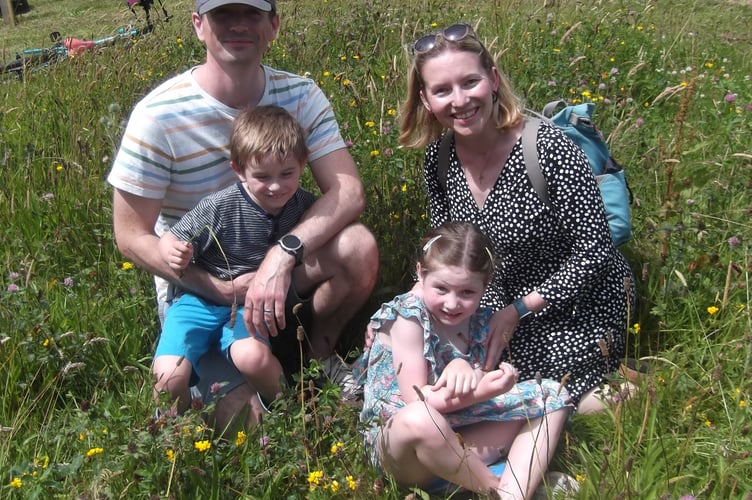
I spent nineteen happy years teaching at Modbury School and learning from the children and the other teachers. The children, many of them children or grand-children of the children I had taught, gave me a wonderful afternoon and I think they enjoyed it too. I was sat near an island of wild-flower meadow and as families walked by I asked them if they could help me search for the wild flowers. I wonder if you have seen a few tall plants with pale blue, daisy-like flowers, along the road verges or in the meadows this month? All the families that passed by spotted one fine specimen of the pale blue flower. It is called chicory. Some of us granddads and grannies remembered drinking ‘Camp Coffee’, which was flavoured with chicory. Lots of us were able to join in the ‘chickery’ song, “Chick, chick, chick, chick, chicken, lay a little egg for me.
I haven’t had an egg since Easter and now it’s half-past-three,
Oh, chick ... ”
A common, low-growing plant in the meadow had clusters of rich golden-yellow flowers. It was amazing how quickly the children spotted the seed-pods below the clusters of yellow flowers. Several of them said, “They look like birds’ feet!” And that is why the plant is called, Birdsfoot Trefoil, after the long-toed seed pods. Birdsfoot Trefoil is at its best through this month. Look out for Common Blue butterflies around it, as they often lay their eggs on Birdsfoot Trefoil.
We didn’t see a Common Blue butterfly but we did see a very dark, almost black one, which a sharp-eyed granny identified as a Ringlet.
The children were also quick to notice a lot of pinky-red clusters of flower. These seemed very popular with insects looking for nectar. An important plant for many insects is red clover. Some of the children knew it was clover and helped the other children learn its and all the other names.
The great Swedish naturalist, Linnaeus, said that, “The naming of plants is the beginning of wisdom.” All these very happy family groups at the Naturefest were putting Linnaeus’ words into action.
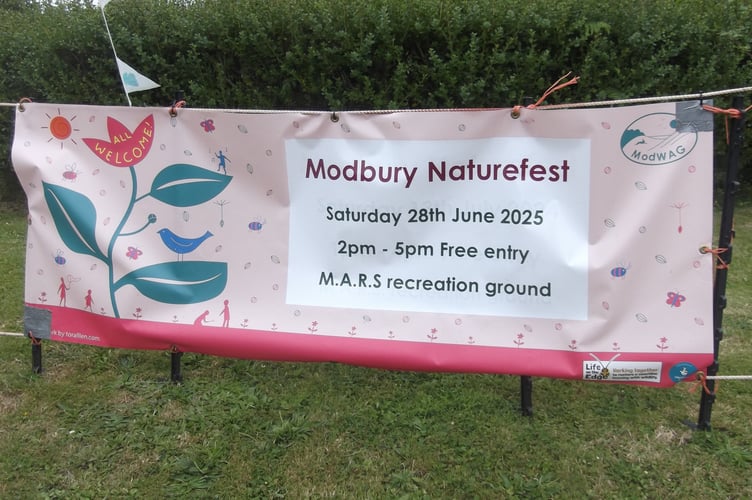
Near the end of the afternoon the groups were wending their way home. One family paused to say goodbye, and as we were chatting, I saw a bird, just a speck in the sky, wheeling overhead. Their eldest son looked up and a smile of recognition lit up his face: “It’s a Buzzard,” he said.
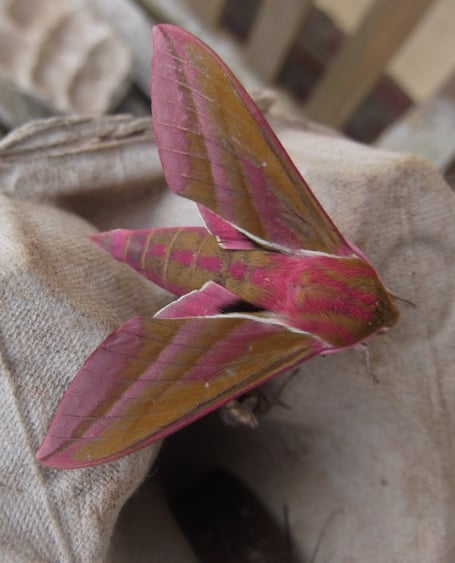
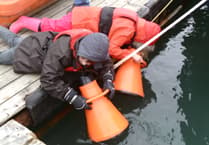


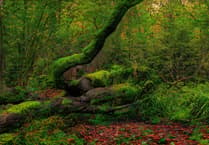
Comments
This article has no comments yet. Be the first to leave a comment.